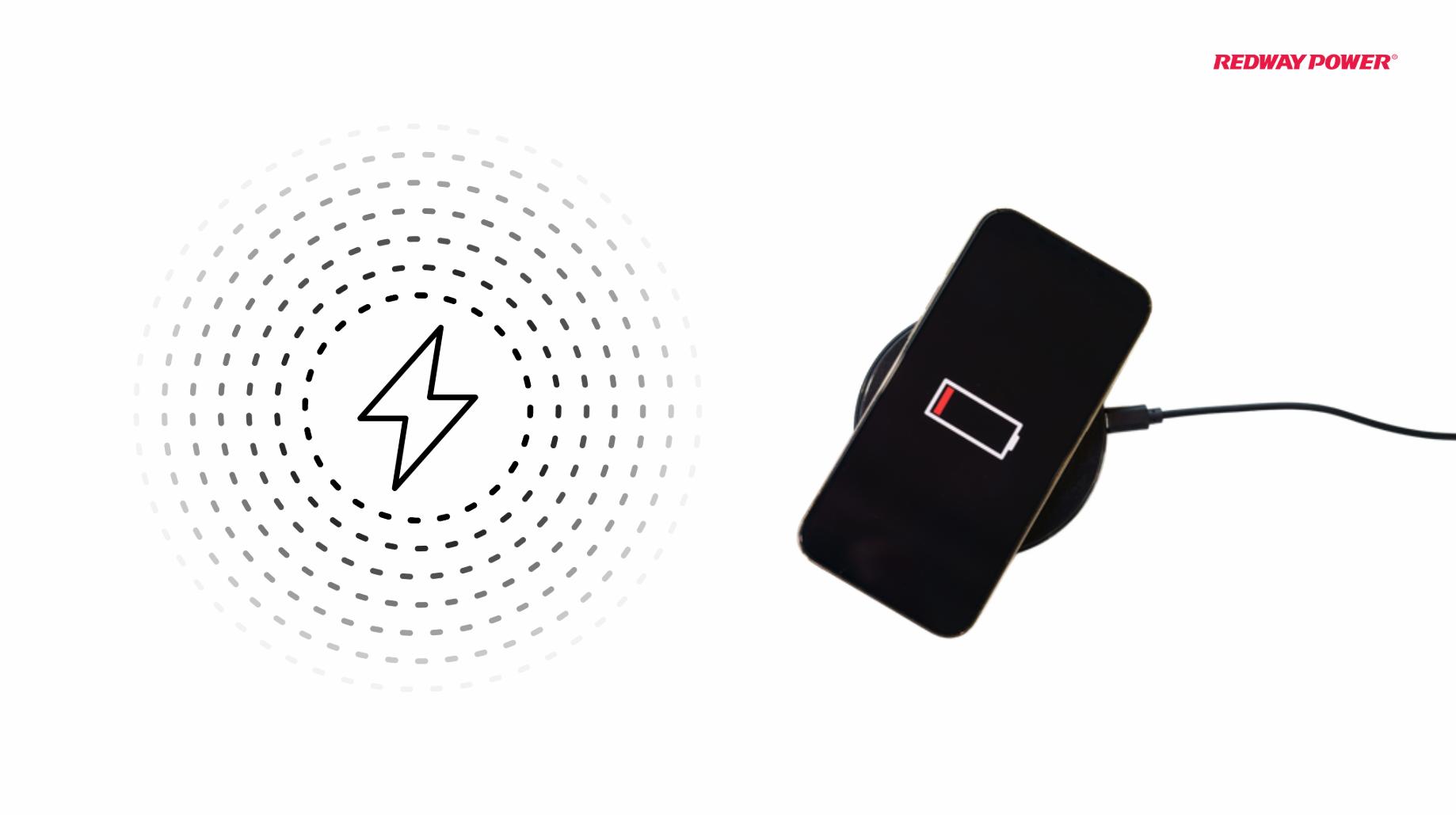What batteries can be shipped by air?
When it comes to shipping batteries by air, certain regulations and guidelines dictate which types can be transported safely. Generally, lithium-ion and lithium polymer batteries are commonly shipped by air, provided they meet specific criteria regarding their watt-hour (Wh) ratings and packaging requirements. Batteries that comply with these regulations can be transported efficiently while ensuring safety.
Types of Batteries Allowed for Air Shipping
1. Lithium-Ion Batteries
Lithium-ion batteries are widely used in consumer electronics, electric vehicles, and various applications due to their high energy density and lightweight properties. However, shipping them by air requires adherence to specific guidelines:
- Watt-Hour Rating: For lithium-ion batteries, the watt-hour rating must be clearly marked on the battery. Generally:
- Batteries with a capacity of 100Wh or less can typically be shipped without special arrangements.
- Batteries between 100Wh and 300Wh may require additional documentation and must be shipped under certain conditions.
2. Lithium Polymer Batteries
Lithium polymer (LiPo) batteries, often used in drones and RC devices, also fall under similar regulations as lithium-ion batteries:
- Capacity Limitations: Similar watt-hour restrictions apply. LiPo batteries with a capacity of 100Wh or less are generally easier to ship.
3. Non-Rechargeable Lithium Batteries
Non-rechargeable lithium batteries, such as lithium primary cells (e.g., CR123A), can also be shipped by air, provided they meet specific safety standards:
- Size and Quantity Restrictions: These batteries must be packaged properly to minimize risks during transport.
Packaging Requirements for Air Shipping
To ensure safe air transport of batteries, proper packaging is essential. Here are key considerations:
- Labeling: Packages containing lithium batteries must be labeled according to international regulations (e.g., UN3480 for lithium-ion batteries).
- Protection Against Short Circuits: Terminals should be protected with non-conductive materials (e.g., tape) to prevent short circuits.
- Strong Packaging: Use sturdy boxes that can withstand pressure changes during flight. Ensure that the packaging is capable of containing any potential leaks or damage.
- Documentation: Provide necessary documentation that includes details about the battery type, capacity, and compliance with shipping regulations.
Regulatory Guidelines
International Air Transport Association (IATA)
The IATA provides comprehensive guidelines for shipping lithium batteries by air. Key points include:
- Classification: Batteries are classified as dangerous goods due to their potential fire hazards.
- Quantity Limits: There are limits on the number of batteries that can be shipped together in one package.
- Special Procedures: Certain procedures must be followed for larger shipments or those exceeding specified limits.
Federal Aviation Administration (FAA)
In the United States, the FAA enforces regulations regarding the transportation of hazardous materials, including lithium batteries:
- The FAA aligns with IATA guidelines but may have additional requirements for domestic shipments.
Latest News on Battery Shipping Regulations
- Stricter Regulations on Lithium Shipments: Recent discussions among regulatory bodies emphasize stricter measures for shipping lithium batteries due to increasing incidents of fires during transport.
- Advancements in Battery Technology: New battery technologies are being developed that promise safer shipping options, potentially reducing regulatory burdens in the future.
- Global Standardization Efforts: Efforts are underway to harmonize international shipping regulations for lithium batteries to simplify compliance for manufacturers and shippers alike.
Redway Expert Comment
As experts in lithium LiFePO4 battery technology, we understand the complexities involved in shipping batteries safely by air. Adhering to established guidelines not only ensures compliance but also enhances safety during transportation. We encourage all manufacturers and shippers to stay informed about evolving regulations to mitigate risks associated with battery transport.”
Conclusion
In summary, lithium-ion and lithium polymer batteries can be shipped by air if they comply with specific watt-hour ratings and packaging requirements. Understanding these regulations is crucial for safe transport while ensuring compliance with international standards. By following proper guidelines and staying updated on industry developments, shippers can effectively manage the complexities of transporting batteries safely.


